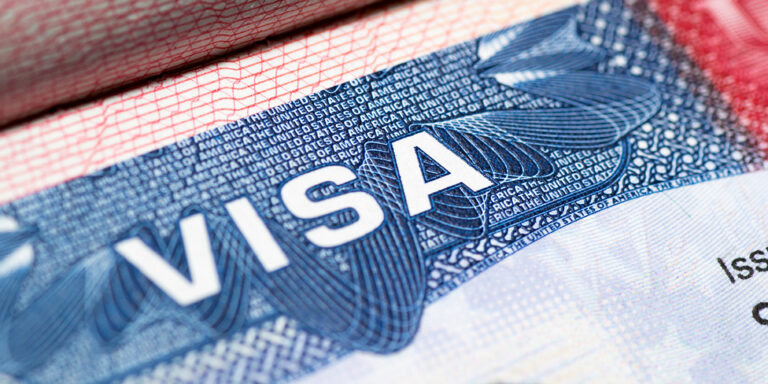
Article Archive by Year

The U visa process offers help to immigrants who are victims of certain violent crimes. However, loopholes or weaknesses in the process could provide a safe haven for undeserving applicants. Learn more about the process, its flaws, and how to close the gaps to guard against foreign threats while protecting

So Much More to Do After the Initial Response
July 31, 2024
When a disaster strikes, people pay attention. They watch the news, check on their loved ones, and help survivors as they can. However, after the threat has passed and the initial response has ended, there is still a lot of work to do. The authors in this July edition of

What Level of Ugly Are Communities Prepared For?
July 31, 2024
The July 2024 attempted assassination of Former President Donald Trump raised questions about event security, the roles that agencies play, and the planning and execution of those roles. This article provides lessons learned and best practices that emergency preparedness and public safety professionals should consider before, during, and after upcoming
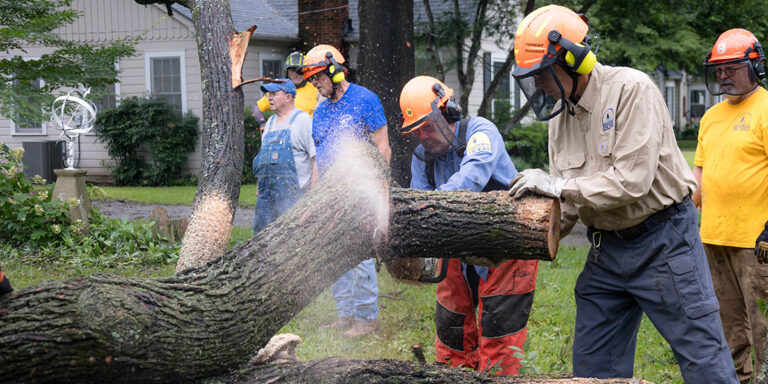
Volunteers: Incident Management Assets or Liabilities?
July 31, 2024
Responses are often only effective if volunteers and their teams are properly trained, prepared, motivated, and deployed. One faith-based organization has refined these criteria over its 57 years of responding to major disasters in the U.S. and abroad. Learn about their best practices for driving the mission, boosting the response

Mitigating Disasters Through Collective Resilience
July 24, 2024
Existing social bonds can help communities better adapt to, respond to, and collectively cope with crises. Although the collective resilience concept is not a typical emergency preparedness strategy or organizational structure, it could help lessen the effects after an emergency. With creative thinking and research, executive leadership can develop realistic
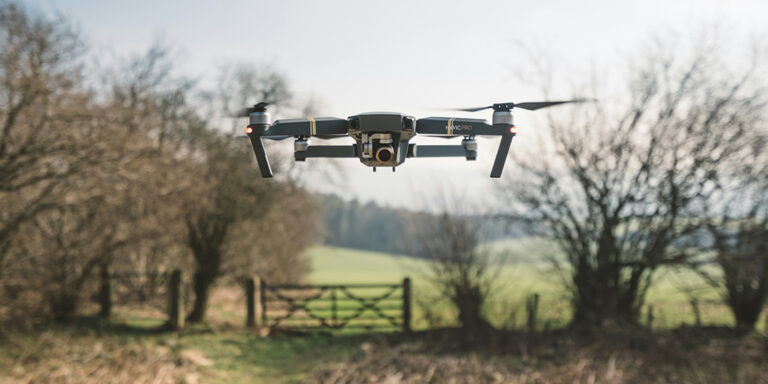
Drones: A Life-Saving Time-Saver
July 24, 2024
As drone technology continues to evolve, it is important for law enforcement and other first responder agencies to understand the range of possible applications and physical and legal limitations of these tools. This article highlights the uses that save lives and time during incidents.

The Key Bridge Collapse – Through the Lens of Community Lifelines
July 17, 2024
The eight major elements of Community Lifelines use traffic-light-type color-coding to categorize the adverse impact status of a disaster. The article’s author has applied this same system to the recovery efforts following the Key Bridge collapse in Baltimore, Maryland. Learn how he applied this information-gathering tool to an ongoing recovery
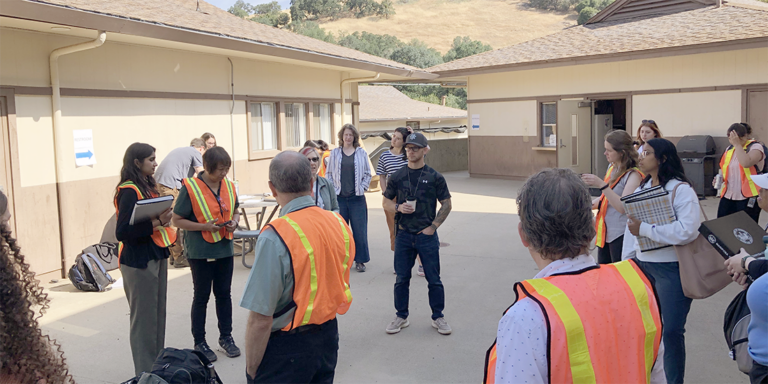
Five Key Domains of Incident Management
July 10, 2024
Effective incident management is a set of activities, not policy box-ticking of doctrine that may or may not be followed. A new free toolkit based on five key domains can help incident management teams assess and improve their effectiveness regardless of the incident, incident management team, and policy doctrine members
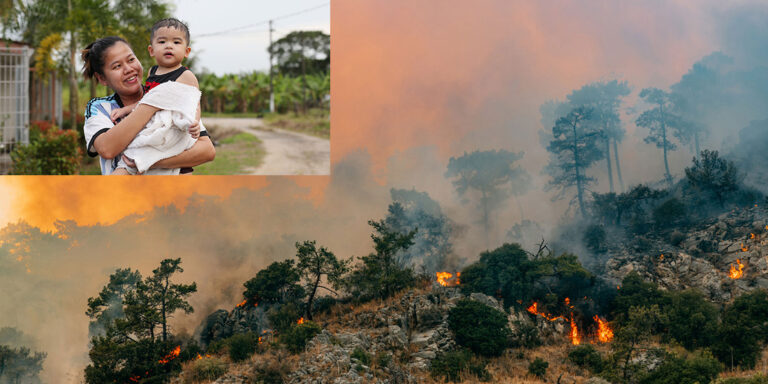
The Maui Wildfires, Relief Funds, and Incident Recovery
July 10, 2024
Financial preplanning goes beyond savings accounts and life insurance policies. When a disaster strikes, some people do not have these protections nor the financial means to fully recover. However, companies can launch relief funds on behalf of their team members to provide financial aid for employees struggling through a disaster

It Takes a Community to Stop Drug and Human Trafficking
June 26, 2024
The authors in this June edition of the Domestic Preparedness Journal share valuable information about the threats and hazards related to drug and human trafficking. Better situational awareness throughout the community can help combat potentially nefarious activities before they have dire consequences.
A Homeland Vulnerability Continues
August 7, 2024
The U visa process offers help to immigrants who are victims of certain violent crimes. However, loopholes or weaknesses in the process could provide a safe haven for undeserving applicants. Learn more about the process, its flaws, and how to close the gaps to guard against foreign threats while protecting
So Much More to Do After the Initial Response
July 31, 2024
When a disaster strikes, people pay attention. They watch the news, check on their loved ones, and help survivors as they can. However, after the threat has passed and the initial response has ended, there is still a lot of work to do. The authors in this July edition of
What Level of Ugly Are Communities Prepared For?
July 31, 2024
The July 2024 attempted assassination of Former President Donald Trump raised questions about event security, the roles that agencies play, and the planning and execution of those roles. This article provides lessons learned and best practices that emergency preparedness and public safety professionals should consider before, during, and after upcoming
Volunteers: Incident Management Assets or Liabilities?
July 31, 2024
Responses are often only effective if volunteers and their teams are properly trained, prepared, motivated, and deployed. One faith-based organization has refined these criteria over its 57 years of responding to major disasters in the U.S. and abroad. Learn about their best practices for driving the mission, boosting the response
Mitigating Disasters Through Collective Resilience
July 24, 2024
Existing social bonds can help communities better adapt to, respond to, and collectively cope with crises. Although the collective resilience concept is not a typical emergency preparedness strategy or organizational structure, it could help lessen the effects after an emergency. With creative thinking and research, executive leadership can develop realistic
Drones: A Life-Saving Time-Saver
July 24, 2024
As drone technology continues to evolve, it is important for law enforcement and other first responder agencies to understand the range of possible applications and physical and legal limitations of these tools. This article highlights the uses that save lives and time during incidents.
The Key Bridge Collapse – Through the Lens of Community Lifelines
July 17, 2024
The eight major elements of Community Lifelines use traffic-light-type color-coding to categorize the adverse impact status of a disaster. The article’s author has applied this same system to the recovery efforts following the Key Bridge collapse in Baltimore, Maryland. Learn how he applied this information-gathering tool to an ongoing recovery
Five Key Domains of Incident Management
July 10, 2024
Effective incident management is a set of activities, not policy box-ticking of doctrine that may or may not be followed. A new free toolkit based on five key domains can help incident management teams assess and improve their effectiveness regardless of the incident, incident management team, and policy doctrine members
The Maui Wildfires, Relief Funds, and Incident Recovery
July 10, 2024
Financial preplanning goes beyond savings accounts and life insurance policies. When a disaster strikes, some people do not have these protections nor the financial means to fully recover. However, companies can launch relief funds on behalf of their team members to provide financial aid for employees struggling through a disaster
It Takes a Community to Stop Drug and Human Trafficking
June 26, 2024
The authors in this June edition of the Domestic Preparedness Journal share valuable information about the threats and hazards related to drug and human trafficking. Better situational awareness throughout the community can help combat potentially nefarious activities before they have dire consequences.
Follow Us
Get Instant Access
Subscribe today to Domestic Preparedness and get real-world insights for safer communities.
ARchives
Article Out Loud – Elegant Community Preparation
May 8, 2024
Full article by Aaron Titus, an Article Out Loud from Domestic Preparedness, May 8, 2024. In this feature article, the executive director for Crisis Cleanup shares how elegant community preparation offers a process that simplifies disaster planning efforts for community members. Communities need to prepare together and focus on
Article Out Loud – Navigating the Seismic Dance: Preparedness in the Ring of Fire
May 8, 2024
Full article by Alicia Johnson, an Article Out Loud from Domestic Preparedness, May 8, 2024. In this feature article, an emergency manager with extensive experience in risk communications and public affairs informs readers about the multifaceted nature of earthquake risks and delineates the indispensable role organizations play in mitigating
Article Out Loud – National Security: A Range of Threats
May 1, 2024
Full article by Anthony Mottola and Richard Schoeberl, an Article Out Loud from Domestic Preparedness, May 1, 2024. In this feature article, two law enforcement and counterterrorism experts discuss the growing threats from organized foreign terrorist groups to homegrown terrorists inspired by them. Members of the intelligence community have
Article Out Loud – Sustaining Those Working in Disasters
April 24, 2024
Full article by Jolie Wills, an Article Out Loud from Domestic Preparedness, April 24, 2024. In this featured article, a cognitive scientist and psychosocial disaster recovery specialist emphasizes the importance of supporting those working in emergency response roles before, during, and after emergencies and disasters. Leaders and their teams
Article Out Loud – Mental Awareness to Enhance Preparedness
April 17, 2024
Full article by Andrew (Andy) Altizer, an Article Out Loud from Domestic Preparedness, April 17, 2024. In this featured article, an emergency manager with military experience points out that emergency managers, public health officials, and first responders often stress the importance of physical fitness, but sometimes neglect mental fitness.
Article Out Loud – Primary Care Investments to Increase Community Resilience
April 17, 2024
Full article by Angie Im, an Article Out Loud from Domestic Preparedness, April 17, 2024. In this featured article, a healthcare research and policy expert describes the importance of community health centers and their impact on community resilience. These medical lifelines for millions of Americans are facing financial and
Article Out Loud – The Missing Plague Vials
April 17, 2024
Full article by Robert C. Hutchinson, an Article Out Loud from Domestic Preparedness, April 17, 2024. In this featured article, an experienced federal agent shares a true story of missing bubonic plague vials, an airport bomb threat, and other suspicious activities that demonstrate continued national and homeland security vulnerabilities
Article Out Loud – The “R” Word
April 10, 2024
Full article by George Schwartz, an Article Out Loud from Domestic Preparedness, April 10, 2024. In this featured article, an associate professor at Immaculata University addresses the challenge of defining resilience and the need to go beyond hazard mitigation. With 2024 being the Federal Emergency Management Agency’s “Year of Resilience,”
Article Out Loud – Dungeons and Disasters: Gamification of Public Health Responses
April 10, 2024
Full article by Michael Etzel and Michael Prasad, an Article Out Loud from Domestic Preparedness, April 10, 2024. In this featured article, two emergency managers describe how advanced technologies are offering new ways to train personnel, exercise public health responses like COVID-19, and prepare response agencies for many other
Article Out Loud – Interoperability During Mass Casualty Incidents
April 3, 2024
Full article by Charles Guddemi and Catherine Feinman, an Article Out Loud from Domestic Preparedness, April 3, 2024. In this featured article, the District of Columbia’s Homeland Security and Emergency Management Agency’s statewide interoperability coordinator and the editor of Domestic Preparedness highlight the key takeaways from a 2024 interoperability
Follow Us
Get Instant Access
Subscribe today to Domestic Preparedness and get real-world insights for safer communities.


